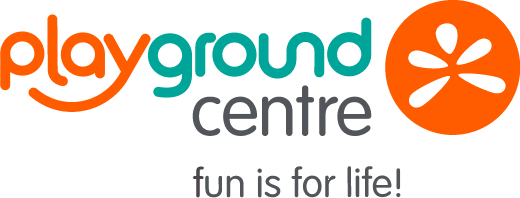Children’s play activities can take two different forms: structured play and unstructured play. Both are vital for a child’s wellbeing, learning and growth.
What is structured play?
Structured play, also known as goal-oriented play, generally involves using logic to solve problems, while unstructured play, or free play is creative and open-ended. Observing how a child learns best, and enriching their life with quality playtime that involves both logic and creative thinking, will foster traits that encourage lifelong learning - a valuable skill for any person.
Examples of Structured Play
Structured or goal-oriented play involves following rules or instructions to reach a particular goal.
Popular structured play activities ideas for children include:
- Following directions to assemble a toy, model airplane or Lego theme set
- Organised sports, such as soccer, Red Rover or tag
- Card games or board games involving rules
What is unstructured play?
Unstructured play, sometimes called free play, is creative and improvised with no set goal and unlimited possibilities.
Examples of Unstructured Play
Great ideas for free play activities for pre-schoolers include:
- Playing with blocks
- Colouring, drawing or painting on blank paper
- Inventing games to play, or running around in a playground
The Importance of Each
Both categories of play are important for instilling a child with a sense of curiosity and purposeful learning. When a child is involved in a structured-play activity, they are learning how to recognise patterns and meet a pre-established goal in the most efficient or effective way. In contrast, unstructured play is about learning how to create from scratch and explore possibilities.
Are you looking to help children and students learn how to solve problems, work toward an individual or collective goal, or improve active listening? Structured play activities are ideal for building these skills. This category of play is also useful for bolstering children’s confidence, encouraging resilience, and learning how to cooperate within a team and develop stronger communication skills.
Unstructured play builds important qualities such as imagination, creativity, and empathy. Free play lets children enjoy a sense of freedom and control, allowing them to make mistakes in a pressure-free environment. This category of play can help a shy child learn how to express themselves more clearly, help them learn how to think on their feet, and approach problem-solving from an ‘outside-the-box’ perspective.
Balance is Key
Both structured and unstructured play are important for a children’s wellbeing and growth. A healthy, balanced play diet will have an equal focus on helping a child develop logical and creative thinking skills.
How can you know whether you should use a structured or unstructured activity? Simply think about what your students’ or age group’s strengths and weaknesses are, and allow room for improving both.
At all times during play, children should be fully immersed and finding rewards in the learning activity. If children lose focus, it may be time to switch to a different kind of activity - for example, an unstructured activity if they become bored or complete the goal for a structured activity.
Great ideas for activities and equipment that encourage free play for pre-schoolers include:
- Playing up, over and through a play space with a tunnel-through-mound.
- Moveable equipment like our Mini Bambino Starter Combos which allows children to build their own play experience.
- Sand and water play
- Themed, modular play structures that encourage creative, story-based play.
For real-life case studies on play spaces that maximise fun and learning through unstructured play, visit the Projects section of our website.



